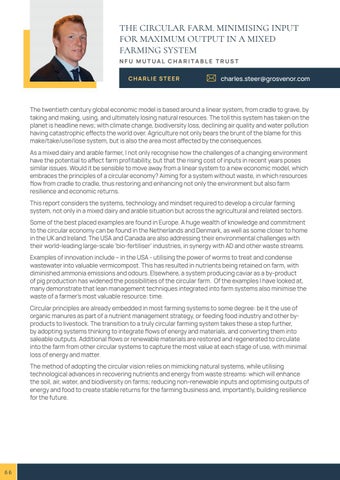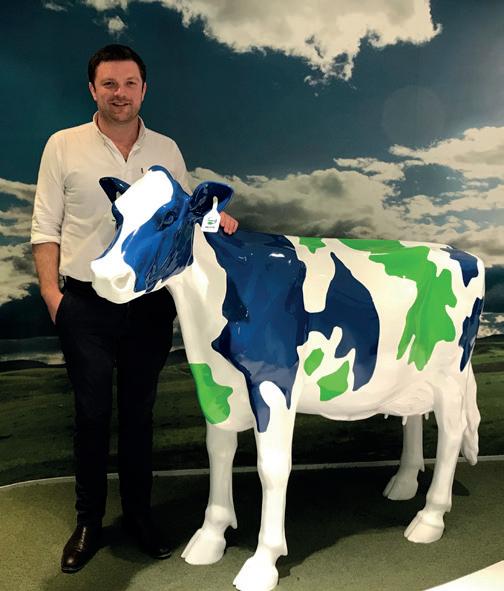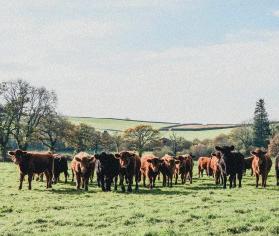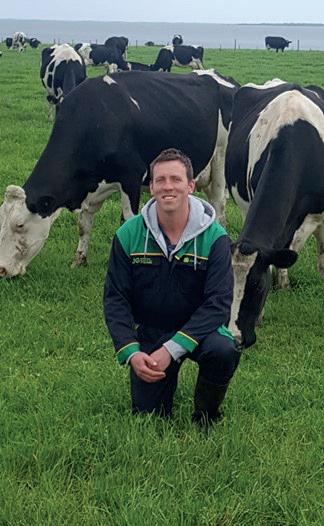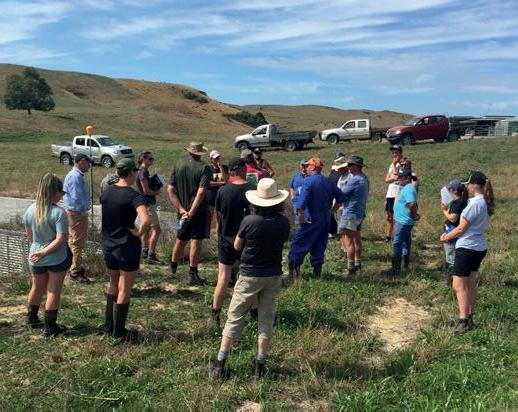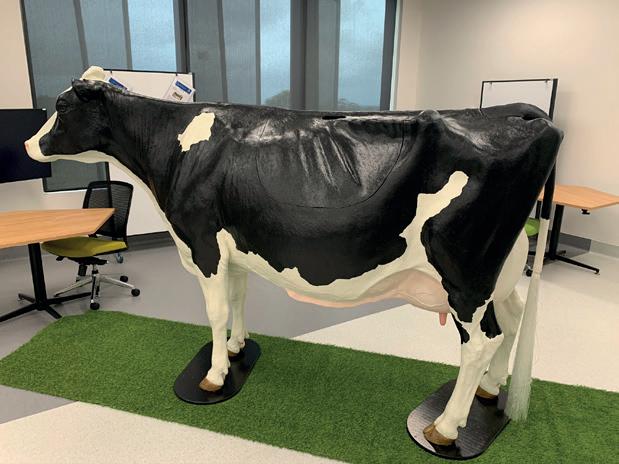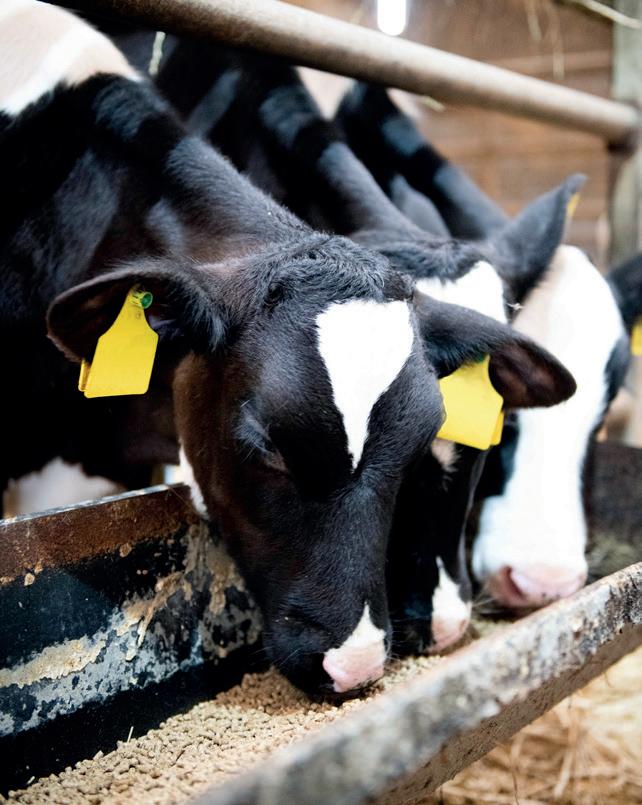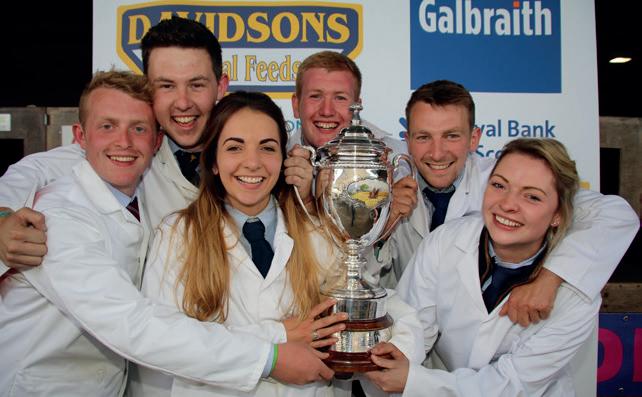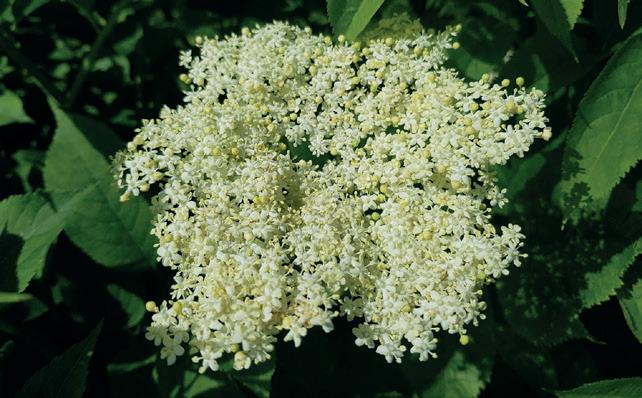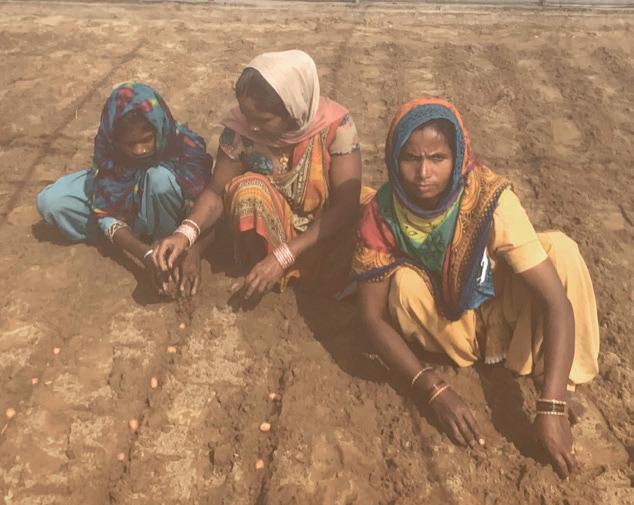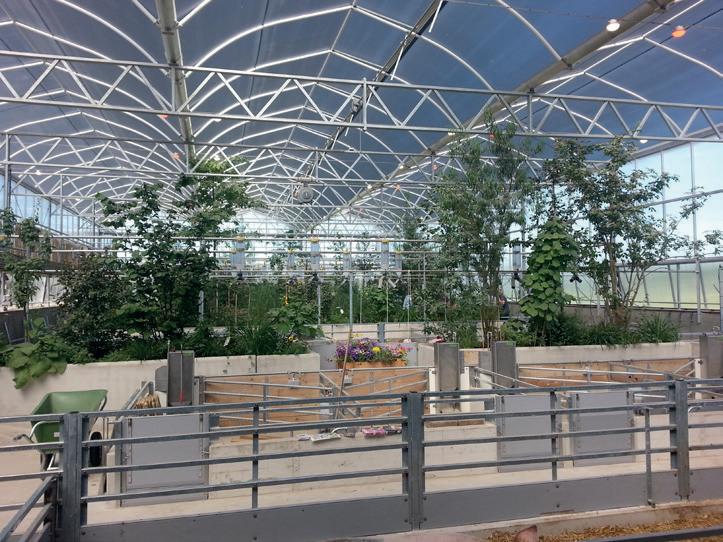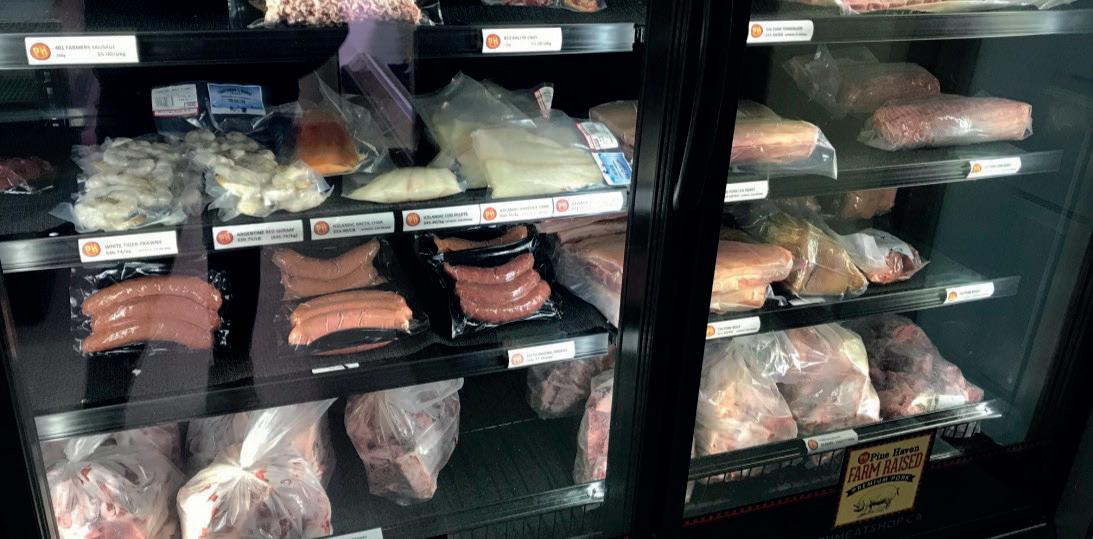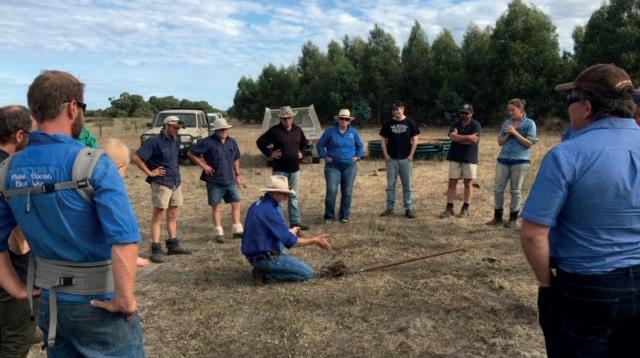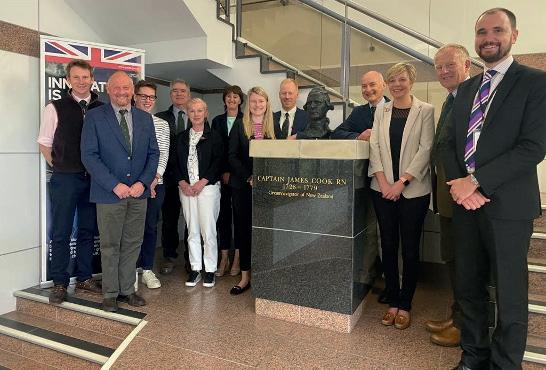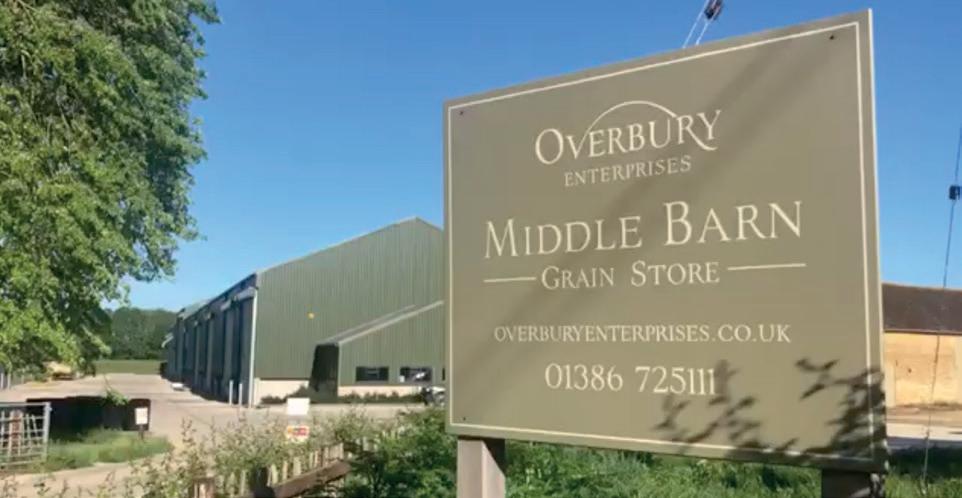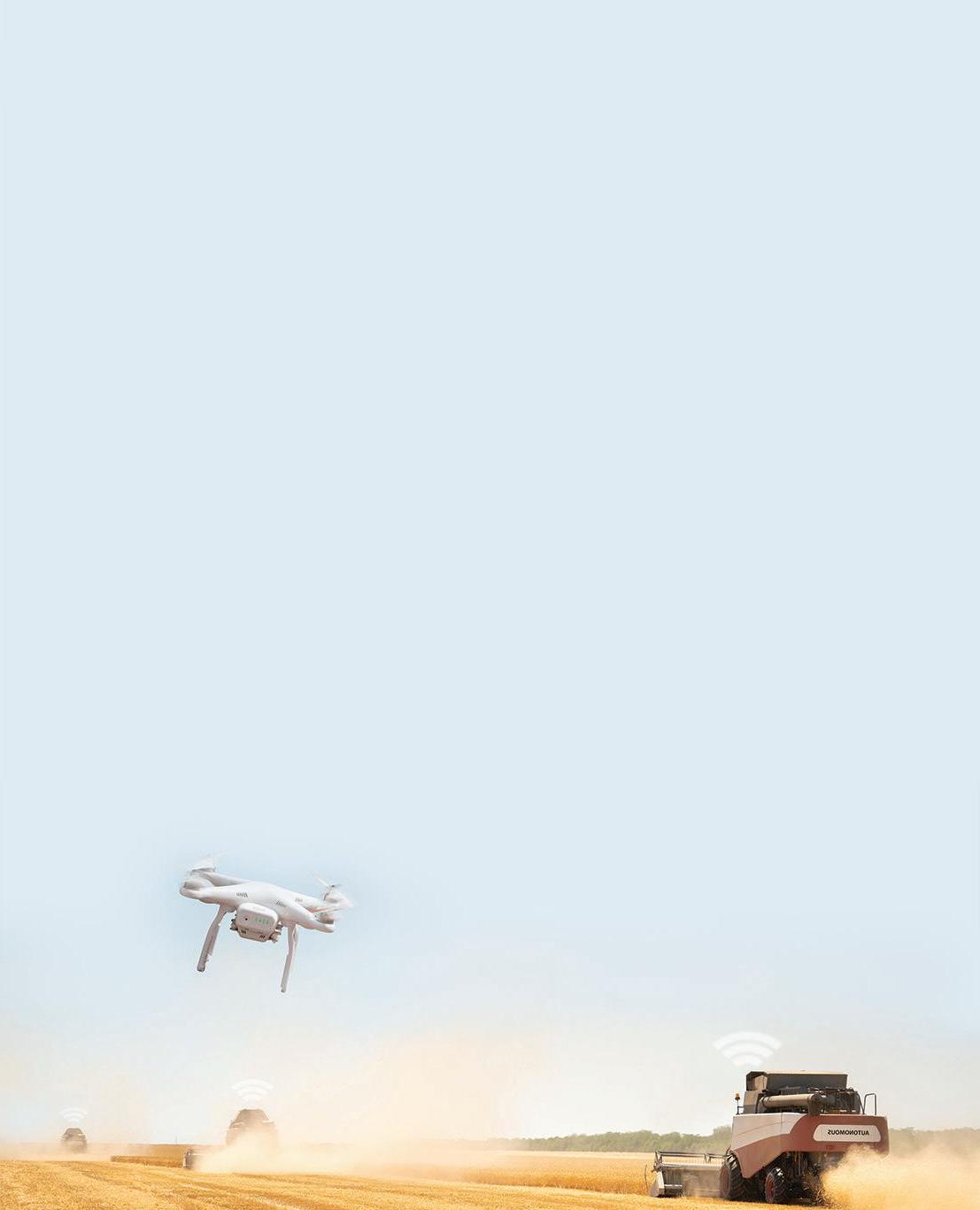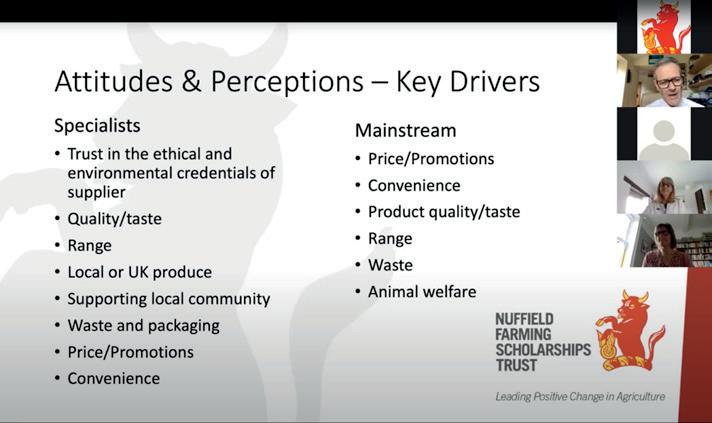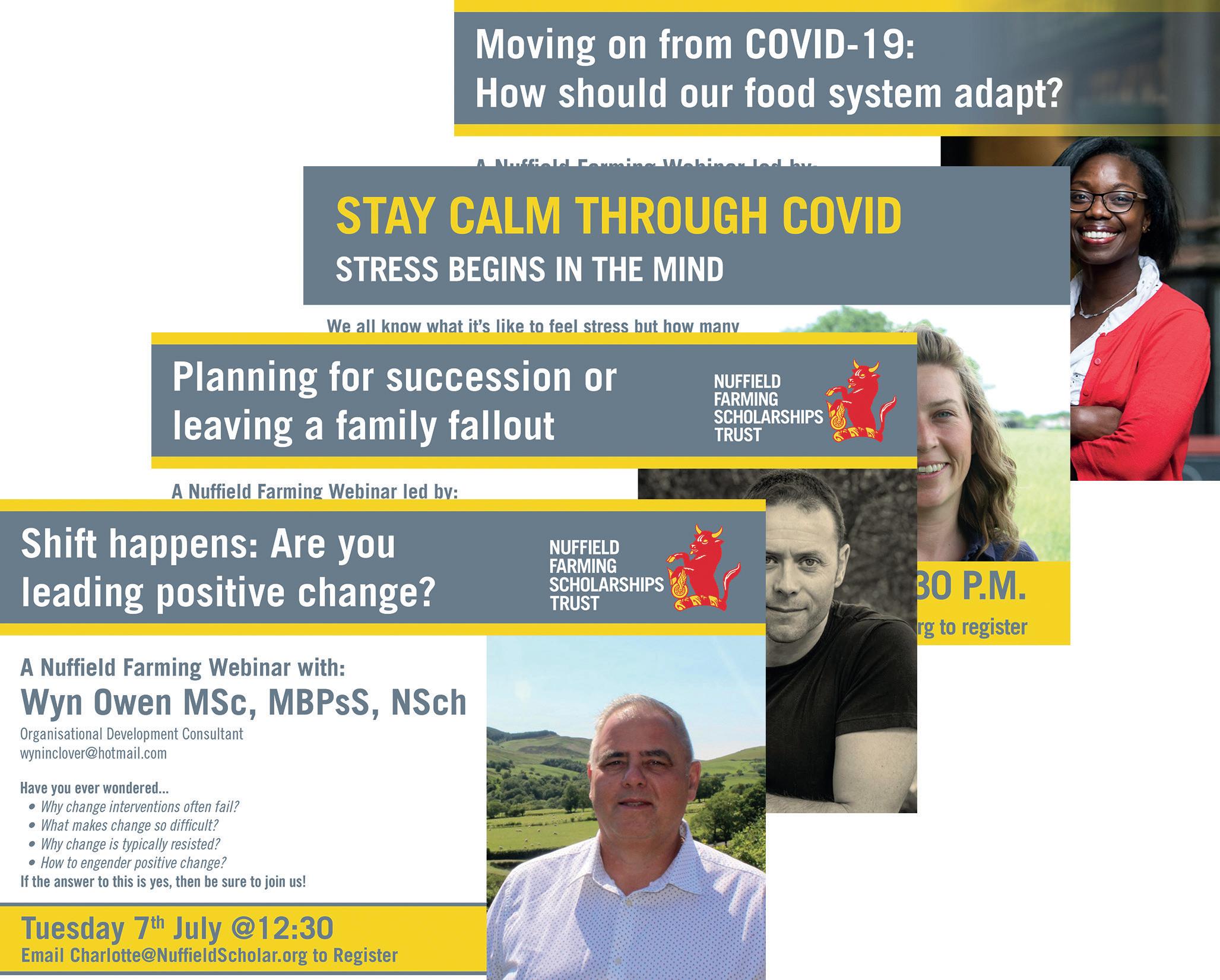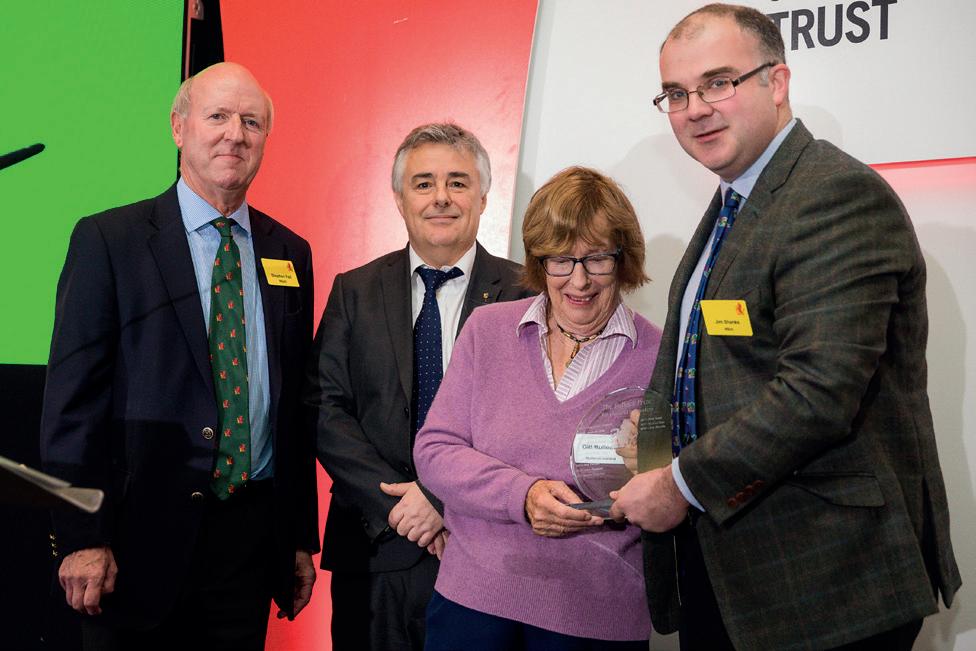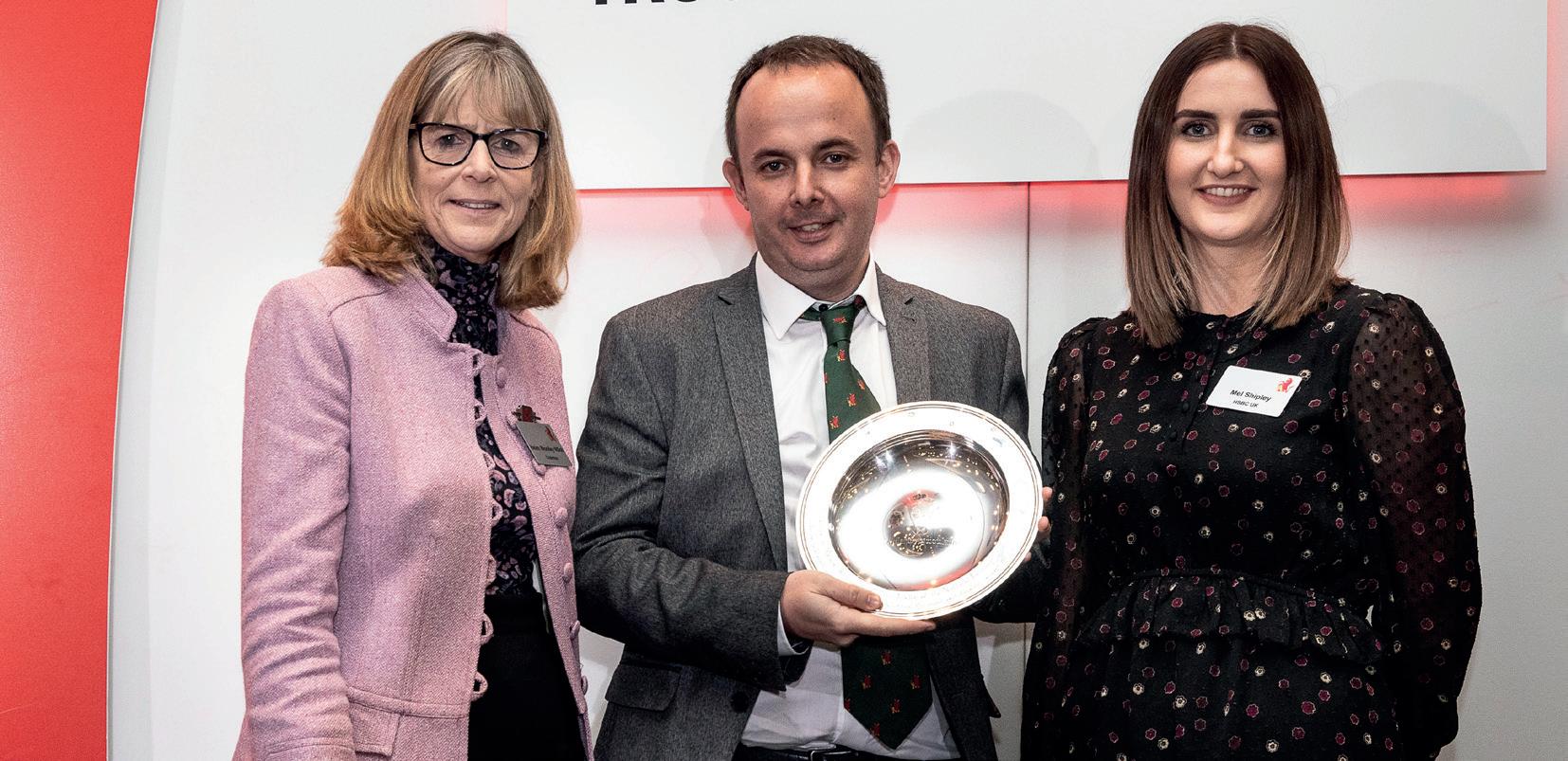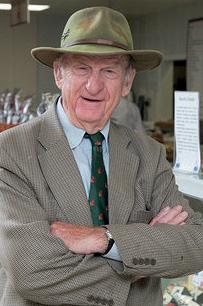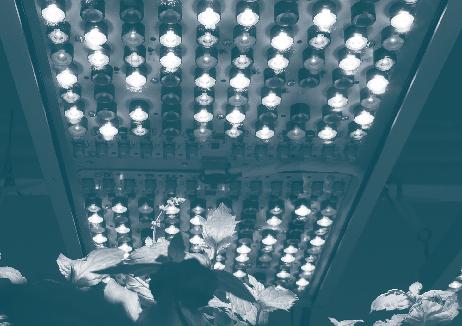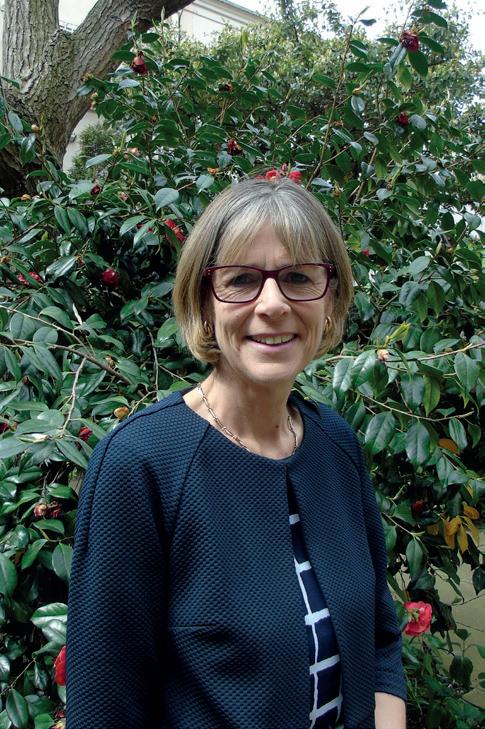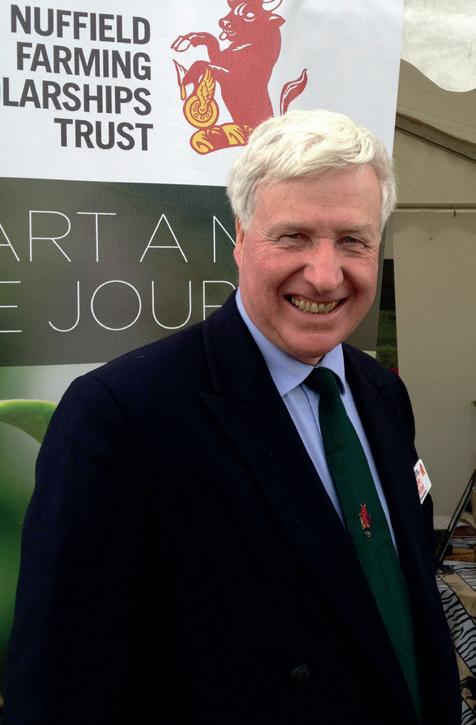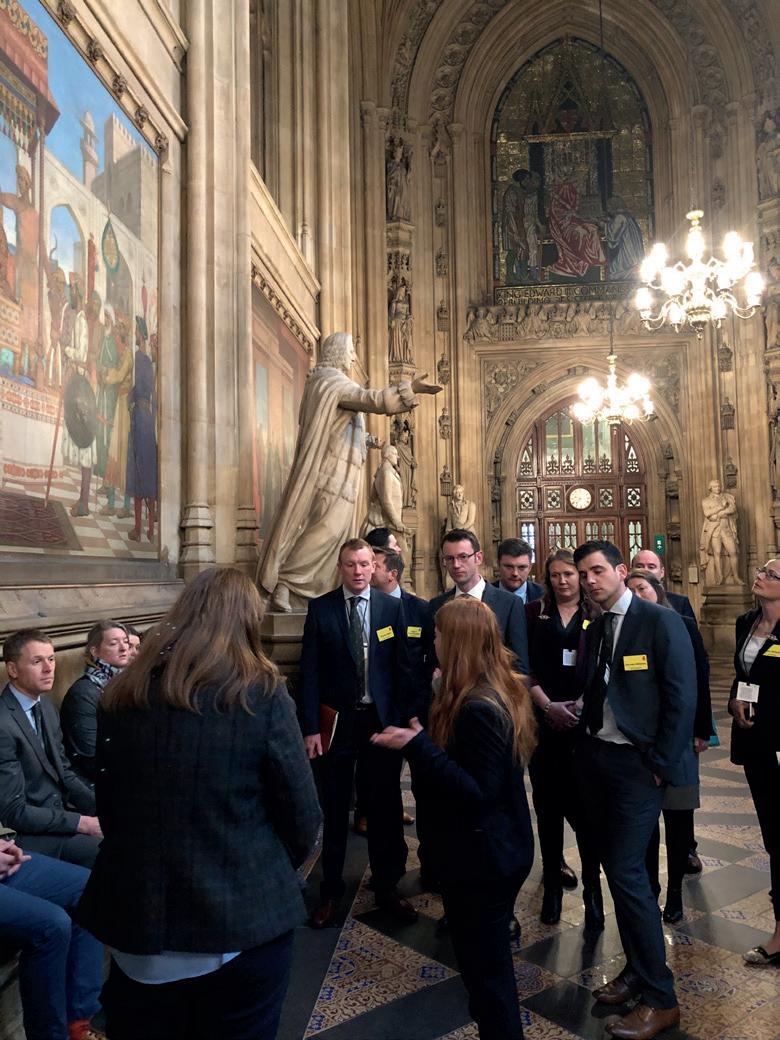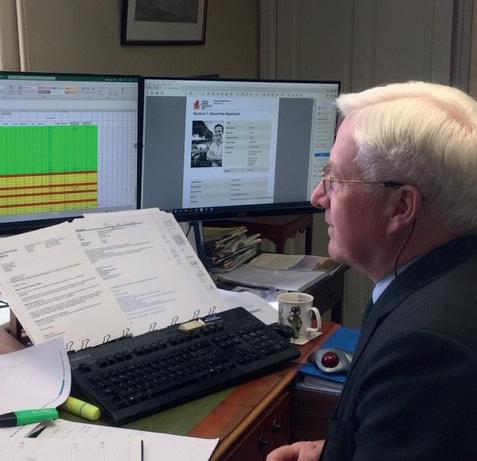THE CIRCULAR FARM. MINIMISING INPUT FOR MAXIMUM OUTPUT IN A MIXED FARMING SYSTEM NFU MUTUAL CHARITABLE TRUST CHARLIE STEER
charles.steer@grosvenor.com
The twentieth century global economic model is based around a linear system, from cradle to grave, by taking and making, using, and ultimately losing natural resources. The toll this system has taken on the planet is headline news; with climate change, biodiversity loss, declining air quality and water pollution having catastrophic effects the world over. Agriculture not only bears the brunt of the blame for this make/take/use/lose system, but is also the area most affected by the consequences. As a mixed dairy and arable farmer, I not only recognise how the challenges of a changing environment have the potential to affect farm profitability, but that the rising cost of inputs in recent years poses similar issues. Would it be sensible to move away from a linear system to a new economic model, which embraces the principles of a circular economy? Aiming for a system without waste, in which resources flow from cradle to cradle, thus restoring and enhancing not only the environment but also farm resilience and economic returns. This report considers the systems, technology and mindset required to develop a circular farming system, not only in a mixed dairy and arable situation but across the agricultural and related sectors. Some of the best placed examples are found in Europe. A huge wealth of knowledge and commitment to the circular economy can be found in the Netherlands and Denmark, as well as some closer to home in the UK and Ireland. The USA and Canada are also addressing their environmental challenges with their world-leading large-scale ‘bio-fertiliser’ industries, in synergy with AD and other waste streams. Examples of innovation include – in the USA - utilising the power of worms to treat and condense wastewater into valuable vermicompost. This has resulted in nutrients being retained on farm, with diminished ammonia emissions and odours. Elsewhere, a system producing caviar as a by-product of pig production has widened the possibilities of the circular farm. Of the examples I have looked at, many demonstrate that lean management techniques integrated into farm systems also minimise the waste of a farmer’s most valuable resource: time. Circular principles are already embedded in most farming systems to some degree: be it the use of organic manures as part of a nutrient management strategy, or feeding food industry and other byproducts to livestock. The transition to a truly circular farming system takes these a step further, by adopting systems thinking to integrate flows of energy and materials, and converting them into saleable outputs. Additional flows or renewable materials are restored and regenerated to circulate into the farm from other circular systems to capture the most value at each stage of use, with minimal loss of energy and matter. The method of adopting the circular vision relies on mimicking natural systems, while utilising technological advances in recovering nutrients and energy from waste streams: which will enhance the soil, air, water, and biodiversity on farms; reducing non-renewable inputs and optimising outputs of energy and food to create stable returns for the farming business and, importantly, building resilience for the future.
66
